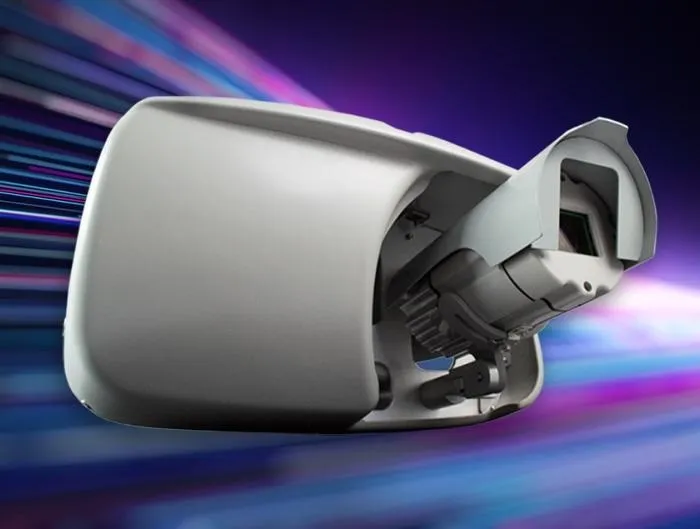SICK's IP67-rated / PLd- and SIL 2-certificated OS2000 laser scanner system detects movement of people, vehicles and objects for safety, security and collision avoidance, including emergency stops and machine control
February 3, 2012
Read time: 1 min
The OS2000 is believed to be the first scanner of its type to be CE certificated to performance Level d (EN ISO 13849-1) and SIL2 (EN162061), which allow it to be used where safety demands are critical. The scanning angle of 100º or 180º and range of up to 20m (66 feet) enables very effective coverage of wide areas with an economical use of scanners.









